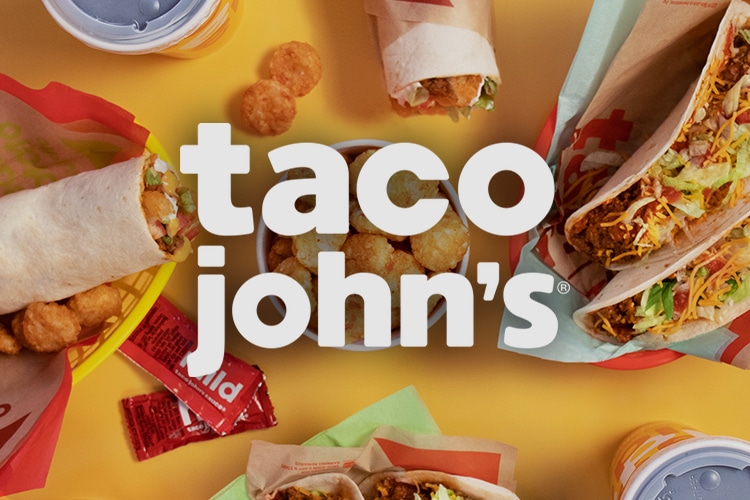In running a business, there are three basic levers that operators can pull to increase their bottom line. You can grow sales, lower costs, or increase margins. Learning how to pull the right lever at the right time is the key to success.
While many companies will try different variations over time to see what works best for their unique business, it is best to begin by analyzing your data prior to making changes in order to make the most impactful decisions in the shortest timeframe.
Below are a few tips that demonstrate how using data analytics can help operators understand how and when to pull each lever.
Lever 1: Grow Sales
Getting new customers in the door is certainly one way to increase sales, but you don’t have to rely on new business to increase your top line. Below are three ways to use your data to start increasing the profitability in your current customer base.
- Assess server performance: Analyzing servers’ performance can provide critical information related to employee sales and productivity. Perhaps servers who continuously upsell can train their coworkers on how to drive higher sales for the restaurant while simultaneously increasing their tip by providing excellent service.
- Analyze Comps. Take a good look at your comp analysis report to understand where you could be losing money. For example, if you have too many kitchen comps for long wait times you need to focus on forecasting those shifts more accurately to ensure you are staffed correctly. Or perhaps you find that there is an issue with service comps it may be time to refresh your servers on expected service standards.
- Evaluate average ticket. Studying average ticket sales will help you understand trends in your restaurant. Perhaps Location A customers purchase a beverage with their meal 75% of the time while Location B only sells a beverage with each meal 60% of the time. What can Location B learn from Location A to increase beverage sales?
Lever 2: Lower Food Costs
Successfully managing food costs can be a tremendous challenge. With the profit margin in this industry being so tight, it is extremely important to not only control your food costs, but to find ways to constantly drive them down without impacting your customer’s experience.
- Harness your purchasing power. You should be able to obtain 80-90% of your food purchases from 2-4 vendors. Determine which vendors can accommodate most of your needs, talk to those vendors about discounts. Most vendors have a tiered pricing structure that gives an automatic discount once you order certain quantities of product. Other vendors may agree to discounts if you can guarantee an agreed upon volume or dollar amount. If you only spend $200 per month with a vendor, ask if you can have a 3% discount if you agree to a three-year contract.
- Eliminate specialty items. A product mix report will help you determine which items have the highest sales velocity and the highest margin. Harness that knowledge to create new menu items incorporating more of these items. Also, try to find ingredients that are used in only a few recipes and rework those recipes to taste great without that specific item or by using a replacement ingredient. If you purchase saffron but only use it in one dish on your menu, find a way to substitute the saffron for another herb that is used in a numerous other menu items.
- Make recipe adjustments. Some low margin recipes can become more profitable by using similar but less expensive ingredients. These items can be determined by looking at your PMix. For example, if you use fresh Parmesan Reggiano cheese in your pasta consider switching to Pecorino, which is half the price. While it may be slightly saltier, you can adjust the level of salt in the recipe so that the flavor profile is minimally impacted. Shouldn’t this go in the “lower food cost” section above vs. here?
- Reduce Waste. Studying your historic usage gives you the visibility needed to order only what you will use in between deliveries. If you are receiving a quantity-based discount, then talk to your vendor about storing the product in their space and only delivering it as needed. To reduce the amount of spoilage in your restaurant, use the first-in / first-out method. It may take a little longer to unload shipments but moving the older stock to the front of the shelves and putting the new stock behind it will ensure that you are not wasting product. Also, be sure to mandate date labeling on all perishable products to help with storage and rotation.
Lever 3: Increase Margins
Increasing the price of your menu items can be a slippery slope that leads to disgruntled loyal customers. Be sure that you truly understand your costs before adjusting your menu prices. Not every price needs to be adjusted; just the ones that are most impacting your margin. Study the product mix of every plate and look for areas that you can lower the food cost percentage in one of the following ways:
- Reduce labor costs. Labor reports can pinpoint exact issues that cause you to spend more on labor than necessary. Knowing who is about to go into overtime before the shift starts allows you to send that person home first if traffic is slow. You should also set parameters on how early or late employees can clock in and out. While 15 minutes here or there may not seem like much, it can add up to thousands of dollars per month.
- Portion control. Make sure that your employees follow the prep sheets and par levels in the kitchen and that they are using a scale every time they prep and portion. Seasoned employees may feel confident enough to eyeball 6 oz of crabmeat, but if he/she over portions by even ¼ ounce it will add up over the month. This can be significant over time.
Just keep pulling the levers until you find the right balance to increase your margins without effecting the customer’s experience. Almost every expense can be controlled at some level. Even the smallest savings add up to make a difference to your bottom line. As Benjamin Franklin once said: “Beware of little expenses. A small leak will sink a great ship.”



